The song reminded me of me and a friend once rushing to get our canoe to shore ahead of a storm on the lake where we lived. Energetic fun, but with a real deadline. And since I was wearing my new dress that day, I got some lovely pictures to share! If you want to read about the dress pattern or construction, here are the links:
Advance 4914, view 2, PATTERN Advance 4914, view 2, CONSTRUCTION
1 Comment
THE PATTERN
I'm calling this project my "Red Fox Vintage" dress because I bought the original dress at Red Fox Vintage in Woodstock, Portland. I tried it on because I was intrigued by the collar, which has two long lapels that criss-cross in front and are held by a buttoned-down tab. I found it fit perfectly, and I loved the silhouette (late forties, early fifties is my guess), but not the color. Still, I brought it home, because it fit my back in a way that I have a lot of trouble getting patterns to fit my back. (I'm high-waisted with a slightly forward shoulder).
She came to me with a vision: a gown with old Hollywood glamor, with batwing sleeves, V-neck front and back, and a fitted torso. I said I'd help, but she would do the work, and our deal was struck!
The more vintage clothes I see, the more curious I get about the labeling practices of our grandmothers' generation. Nowadays, a ready-to-wear garment usually has two labels: a brand tag that says who was responsible for its production (GAP, Lord & Taylor, or the like), and a care tag that says what it's made of and how to launder it. Sometimes they're clustered together; other times the maker is in the back neck and the care tag is in the side seam.
Vintage clothes, however, often have more tags, and in different places. I'll show you two examples from my own wardrobe. In which I make a Victorian-inspired plastron or dickie... and end up looking like I work at Grace Brothers!
(Sometimes when I title my posts I amuse myself wondering what Google searches will yield these confusing word combos, and what the searchers will think...) A "plastron" is a chest covering. If you're a turtle, it's your shell. If you're a fencer, it's your padded vest. If you're a Victorian era lady, it's a lacy faux-front that you tie around your neck to change up the look of your dress. And if you're me... well. Read on to see what I came up with!
One day I looked at my undergarments and said to myself, "Self," says I, "I need a new petticoat...!"
I have several serviceable slips, one crinoline, and a vintage nylon petticoat, already. The vintage one is a joy to wear, a soft apricot color with a delightful froth of ruffles around my knees, but it's also torn and mended in many places, and is too long for a lot of my skirts. (Luckily, I know how to make it work.) The crinoline does its job, but without the lovely ruffles and softness I like. What's needed is something like the vintage one, but shorter, to wear with my shorter skirts. And I do have a stash that needs busting! So I dig around in my whites and pull out some white sheer curtain fabric, white lace from a wedding gown skirt, and white nylon tricot from an old nightgown. |
Karen Roy
Quilting, dressmaking, and history plied with the needle... Sites I EnjoyThe Quilt Index Categories
All
Archives
March 2024
|

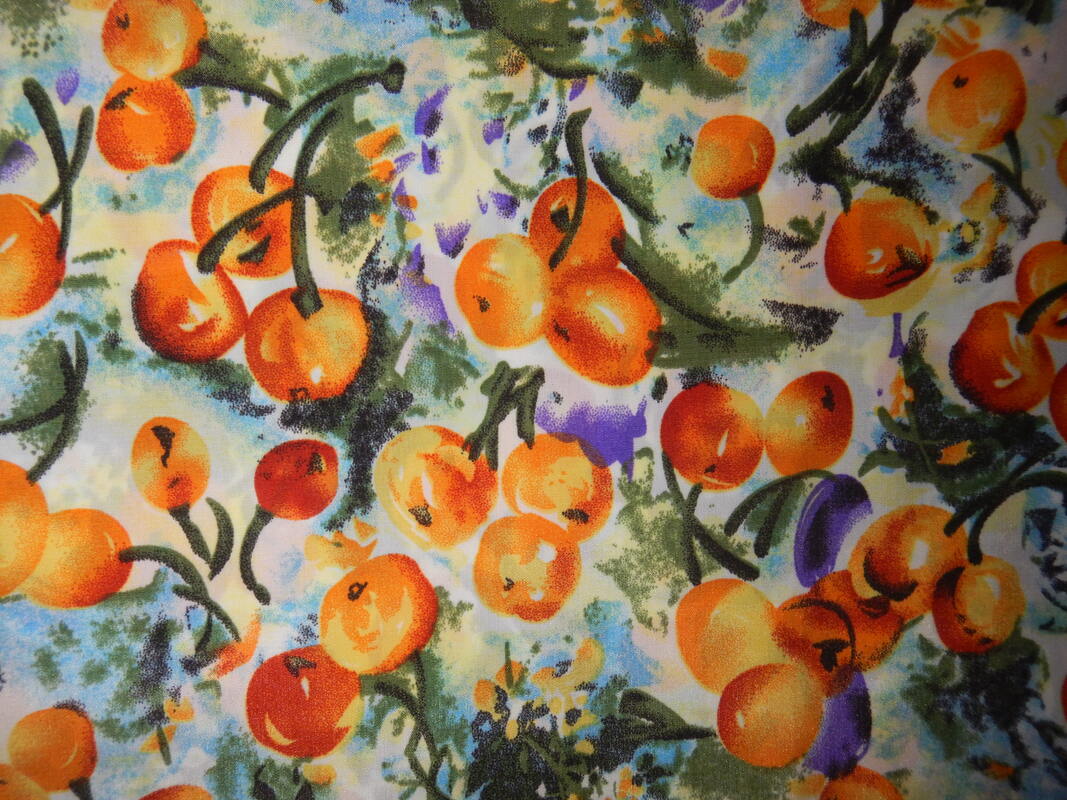
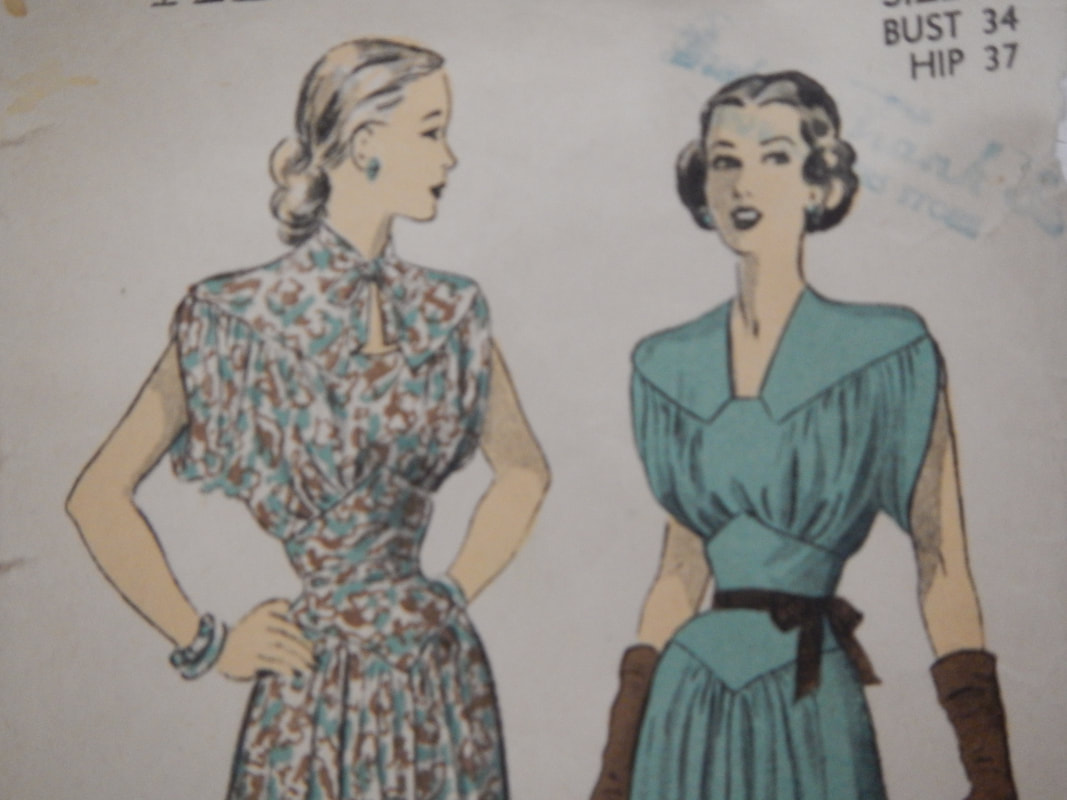

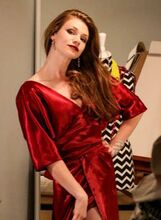
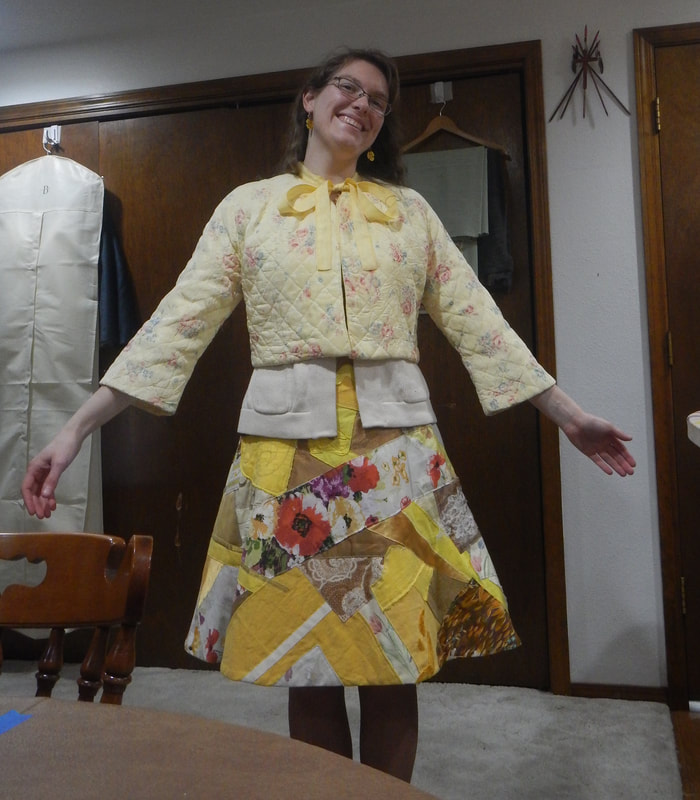
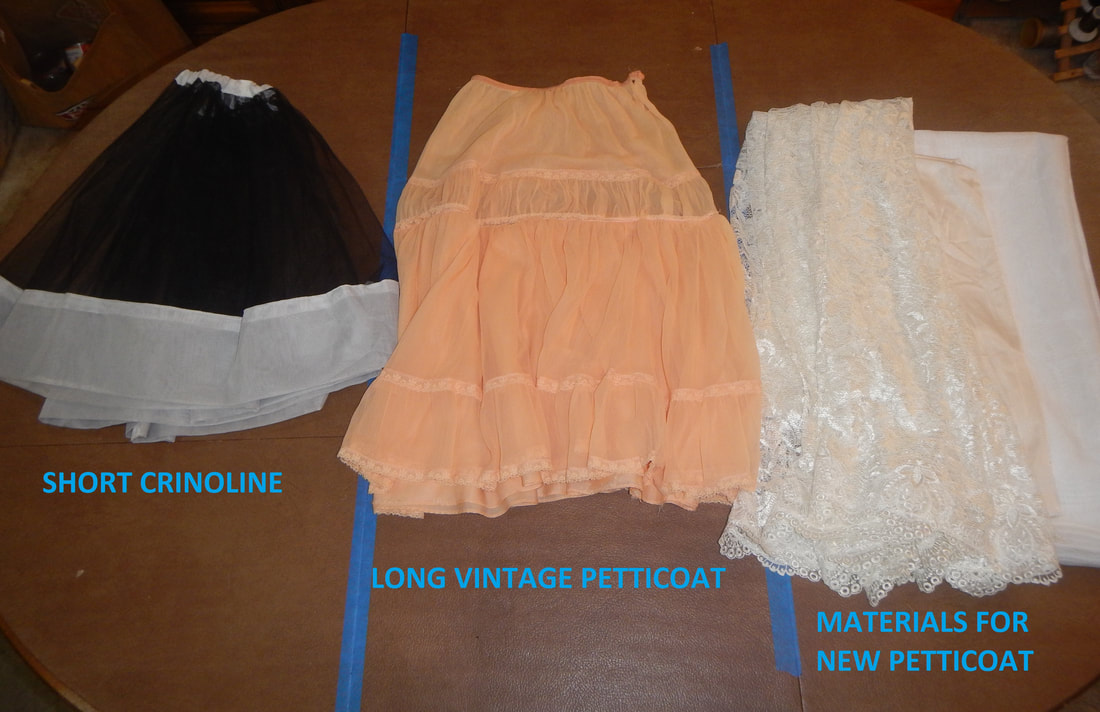
 RSS Feed
RSS Feed